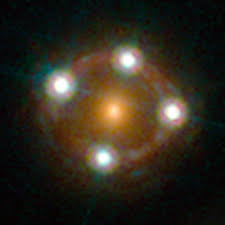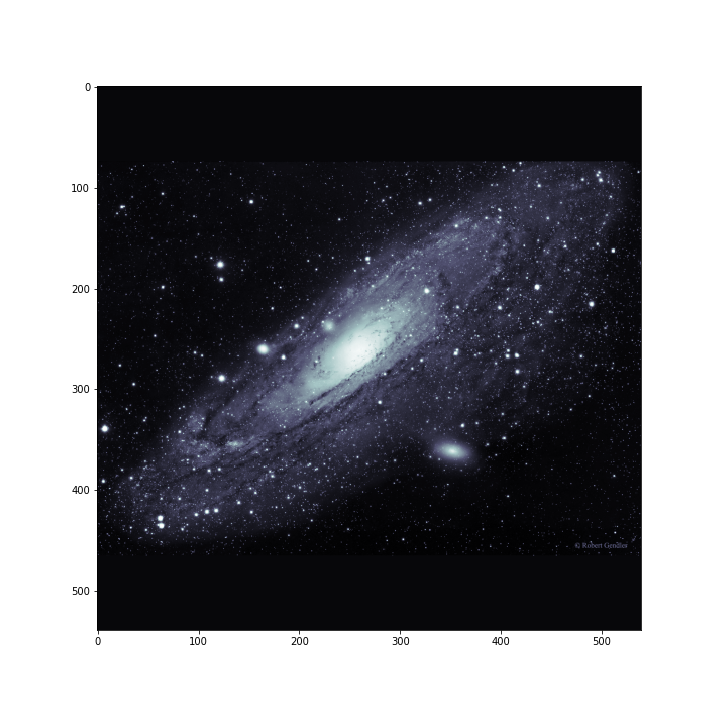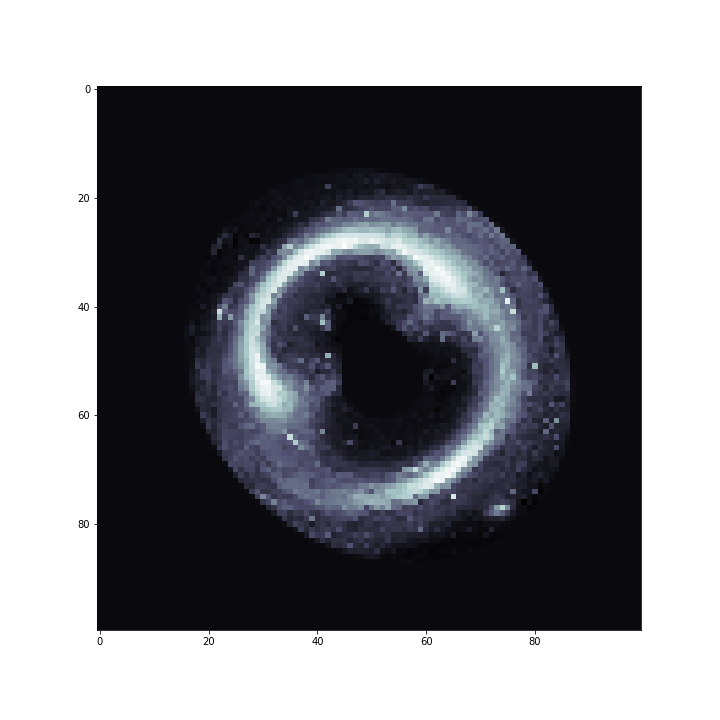Hi!
I am a 6th year PhD candidate in the Department of Physics and Astronomy at UCLA. My research centers on the use of strong gravitational lensing by galaxies to investigate the nature of dark matter.
Gravitational lensing refers to the deflection of light rays by gravitational fields. Strong lensing is characterized by the appearance of multiple warped and distorted images of a single luminous background object. These amazing systems enbale us to learn about the nature of dark matter by modeling (and observing) the lensing effect of otherwise invisible dark matter structure in the universe.
Strong Gravitational Lensing
What is it?
Imagine looking through a wine glass at the room you're currently in. The wine glass will deflect incoming light rays, producing a warped and distorted view of your surroundings. Gravity can also deflect the path of light, and very massive objects like galaxies can act like giant cosmic wine glasses, producing distorted images of luminous objects behind them. When multiple images of the same background source appear, this phenomenon is called strong gravitational lensing.
The schematic below illustrates what is going on in strong lensing: deflected light rays reach our telescopes from multiple positions on the sky. The other image is of the strong lens system HE0435-1223. The lensing galaxy in the center produces four images of a background quasar.




Image Magnifications in Quadruple-Image Lenses
When the background object is very bright but more compact than a galaxy, rather than observing a lensed arc you might see two or four duplicate images of it. The strong lens pictured above, HE0435, is an example of a quadruple-image system. The magnifications of these images are extremely sensitive to the presence of very small blobs of dark matter.
To illustrate, in the animation below you'll see me drag a blob of dark matter across one of the images of a quadruply-imaged background source. In the left panel, you'll see how bright the image gets as the blob moves over the image.